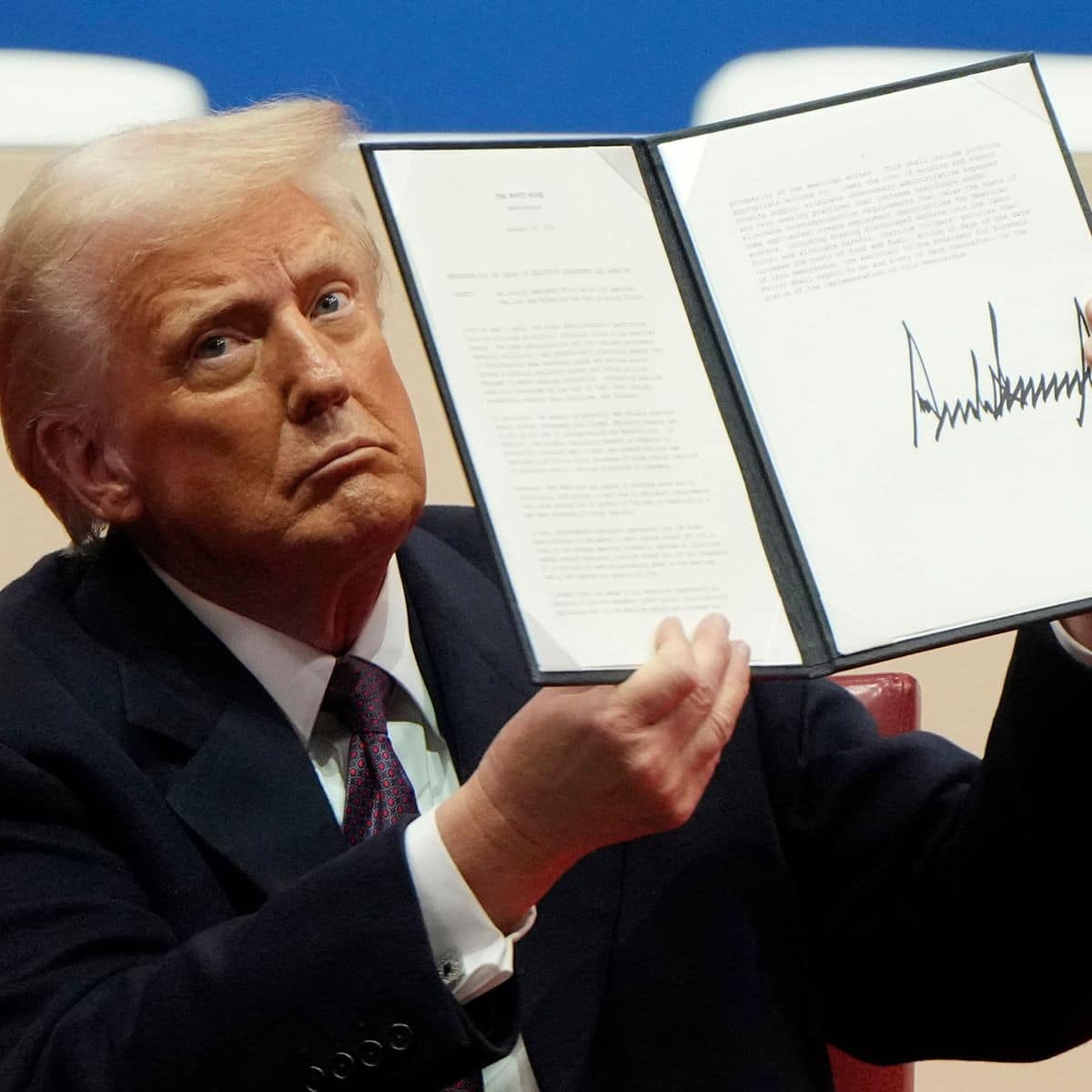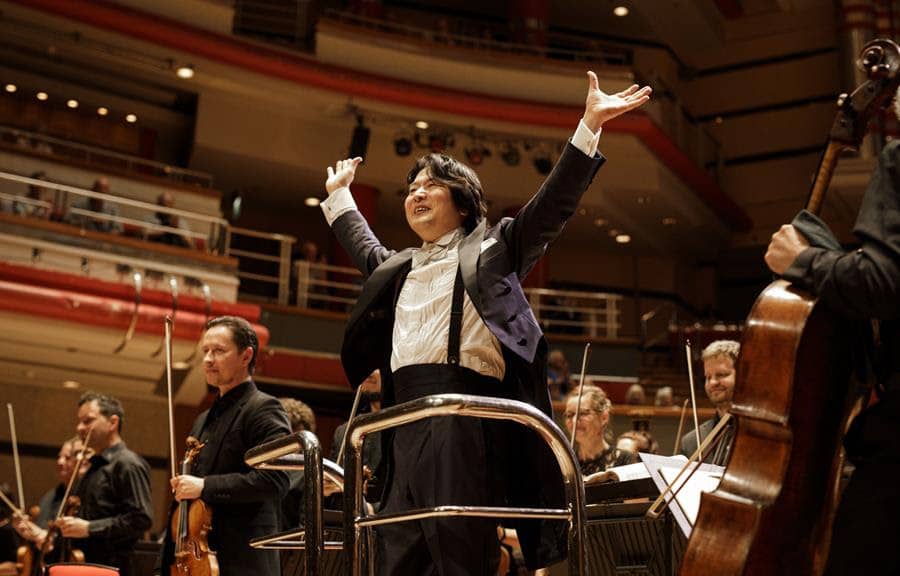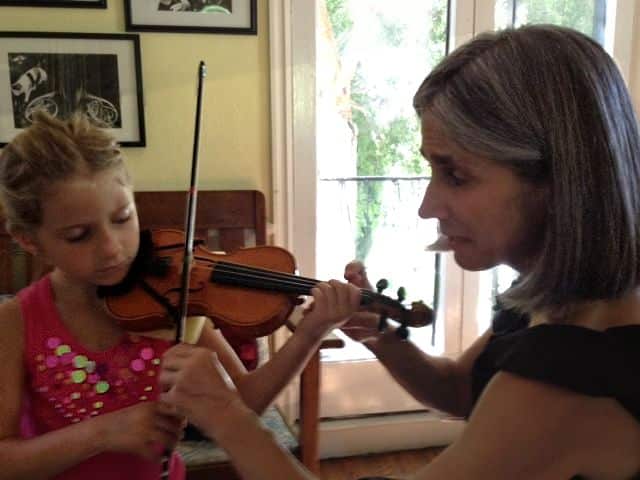The austerity Budget – good for the arts?
mainBefore your brains get addled by the soundbite merchants from Government and Opposition, I’ve looked at one headline figure in the Budget and come to the conclusion that the arts are going to get off lightly – much more so than they would have done under Labour.
In the months before the last election, major arts instutitions were told to plan for succession ten percent cuts over three years – that’s 27.1 percent.
George Osborne spoke to day of cutting government spending by 25 percent over four years – that’s two percent less and over an extra 12 months.
Crunch this one whichever way you like, but it means the arts ought to get away with less pain under the LibCon coalition than under the feckless hand of Ben Bradshaw.
And if Culture Secretary Jeremy Hunt decides to shake down the Arts Council, that measure would be cheered from Land’s End to Hadrian’s Wall. The southwest of England, a LibDem stronghold, has been cruelly neglected by the mandarins of the ACE.





Comments